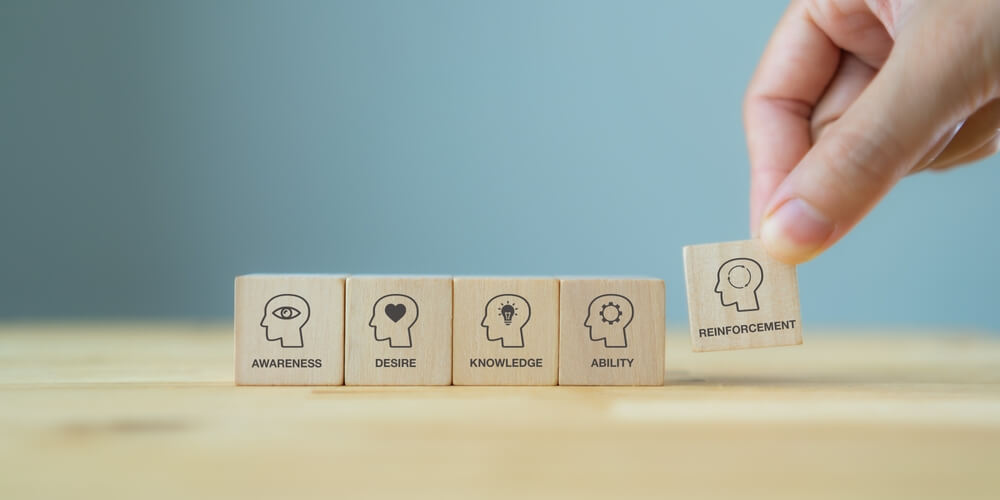What Programs Based on Competency Models for All Roles Can Do for Organisational Capability
Reading Time:

Lead the pack with the latest in strategic L&D every month— straight to your inbox.
SubscribeIf organisational capability is the end goal, competency models are the first line of defense for strategic L&D.
Capabilities and capability frameworks are the primary tools with which you can build success and sustainability in your organisation. To turn them into a base for employee development for all job roles, you need to add a measure of progress and a dash of dynamism, which is where competency models come into building organisational capability.
Why should you base programs on competency models and learning journeys when building organisational capability?
Organisational agility is a sought-after defence against economic uncertainty, though it can be hard to develop considering it relies on the mobility of talent in your workforce. And that mobility requires a constant flow of skills, knowledge and behaviours in the right roles at the right time. And that needs continuous development of those capabilities.
Competency models enable better learning journeys across job roles in a number of ways.
- Benchmarks for talent management processes
- Dynamic realisation of organisational capabilities
- Unified understanding of capability
- More timely development interventions
- Personal accountability for employees in their performance
- Recruitment and retention standards.
To ensure you’re accurately translating organisational capability to employee performance metrics, you need a measure of that performance on which to understand succession planning and role progression. For example: The capability may be Delivering Results. The upper limit of competency for a team member would be achieving outcomes in line with specified job responsibilities. But for a team leader, the competency would be establishing realistic timeframes for completion of work with accountability for the team performance.
What are the challenges you face in doing this as it relates to building organisational capability?
Competency models alone won’t get you very far considering they are only a measure of performance. (It’s a bit like putting the cart before the horse.) You’ll need historical data and/or a clear map of capabilities to job roles in order to understand ideal outcomes. Without those, you won’t be able to form credible metrics or accurately measure learning impact.
You’ll also find that skipping capability mapping puts you on the backfoot. Heatmapping shows what capabilities are at risk of extinction based on prioritisation parameters that you set, such as maturity, adequacy of resources, technical health and business value. Without clear oversight of what is closest to the money, you may prioritise the wrong capabilities for development.
That can itself be a futile endeavour, if your knowledge systems and technology are outdated. Manual mapping within a spreadsheet works for HR teams in small to midsize businesses, but enterprises will likely need an entire role dedicated to the process. And without that ownership, there’ll be little chance of innovation and evaluation as frequently as you may need. Lack of ownership means lack of champions, and that means lack of buy in from the people you need: Business unit owners.
What is the impact of not doing this as it relates to building organisational capability?
Capabilities are dynamic business tools. Employees execute them every day. They may change or evolve as your business goals do. Treating them as immobile by not giving them that dynamism is a disservice to your capability building efforts.
A scale of competency is what allows for progression when assigning capabilities to job roles. Think back to that capability of Delivering Results—that can and should look different for a graduate and an executive, but without competency models, you won’t be able to define that difference and the learning journeys that will take an employee from one role to another.
It also means that you’re not creating true competitive differentiation. Strategic capability development is what sets similar capabilities apart between competitors with similar offerings, because strategic learning and development will be tailored to your resources, workforce, available talent and, importantly, future goals.
Competency gives you warrant to effectively measure learning impact, by way of metrics like time to productivity, process improvement, individual performance and team effectiveness. It also ensures that you’re choosing capabilities based on their proximity to business impact—the basis for which capability development is built on and without which you can’t prove L&D causation or the justification for L&D to begin with.